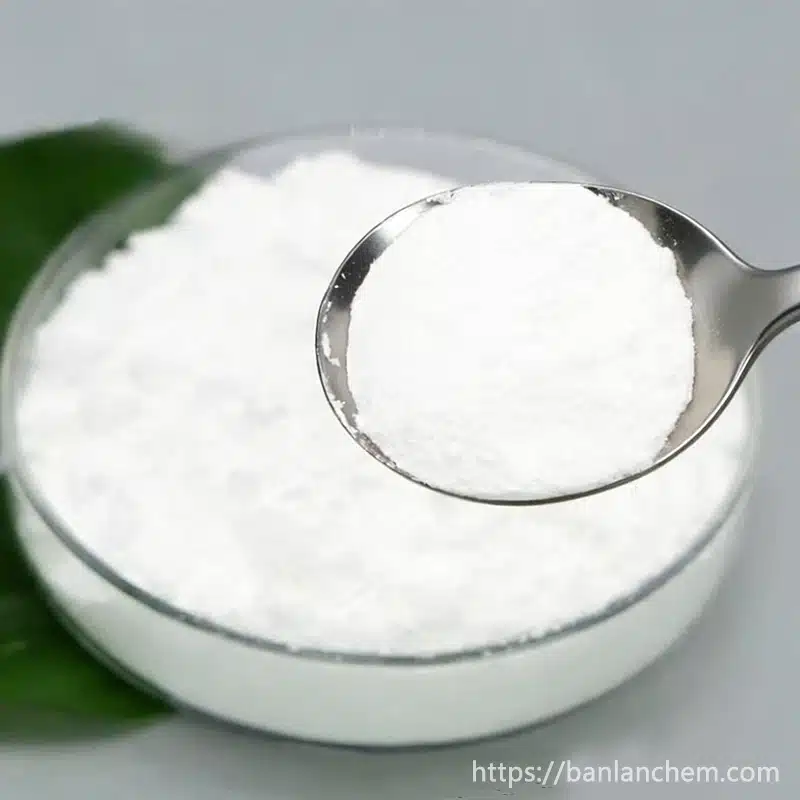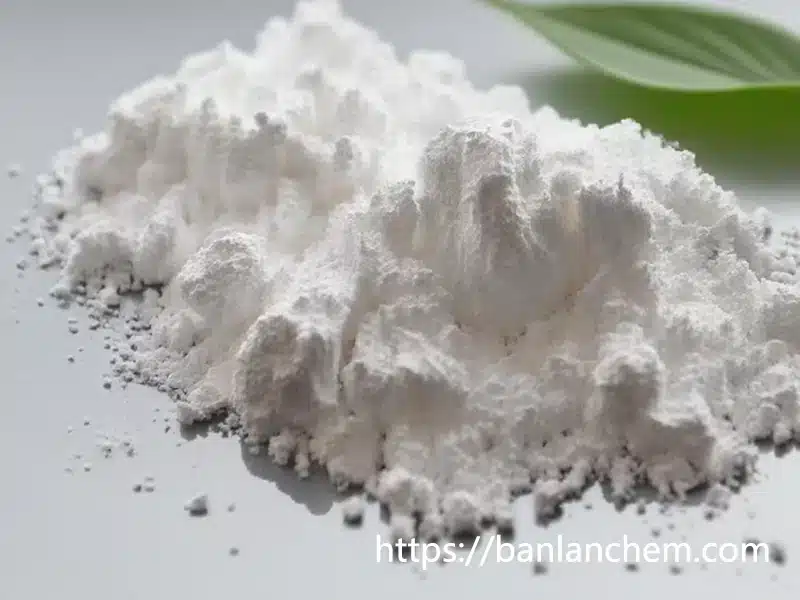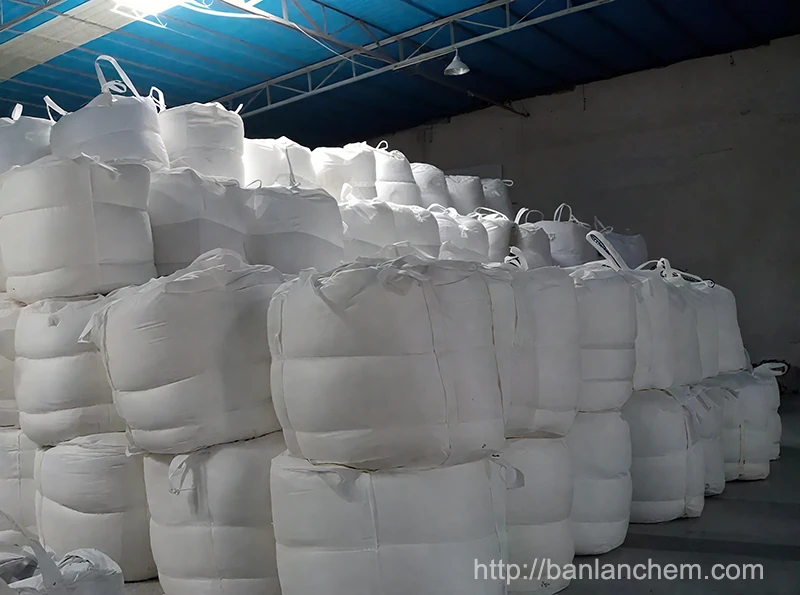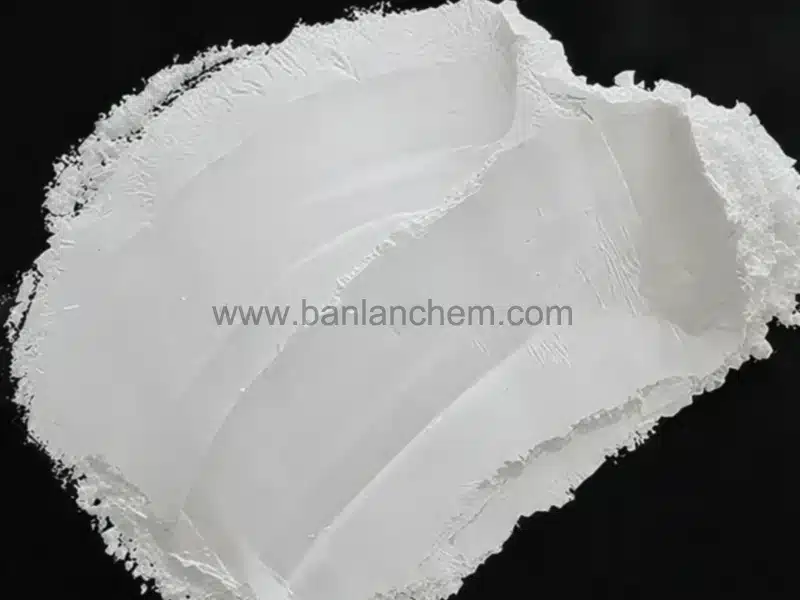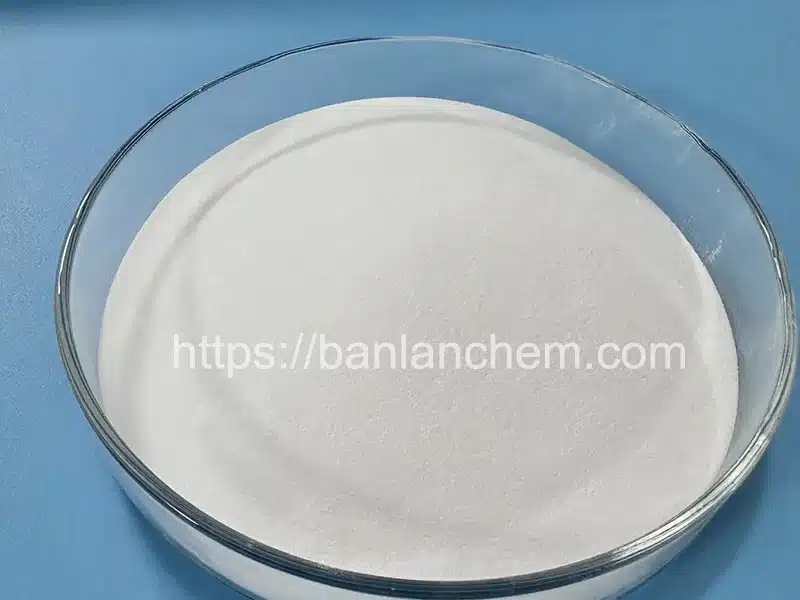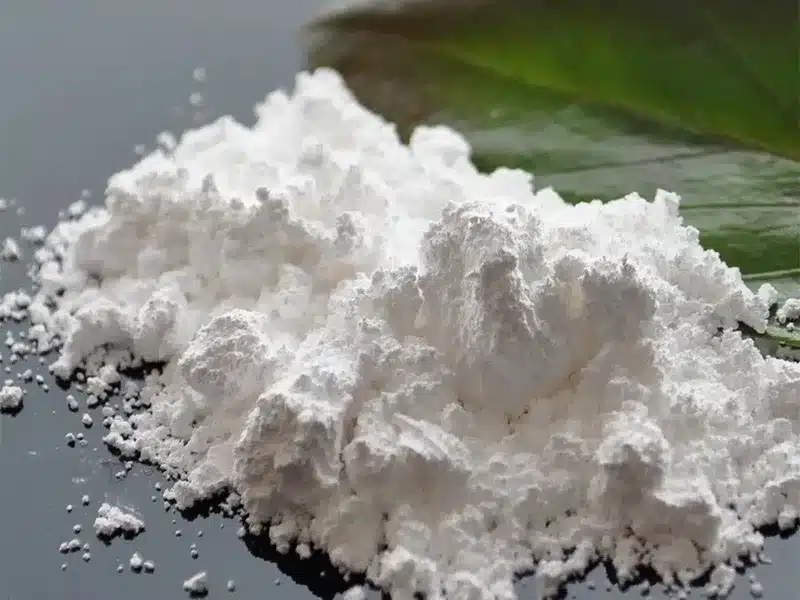Aluminium Hydroxide Filler | Industrial Applications & Benefits
Date: September-05-2025 Categories: News、Aluminium Hydroxide Views: 167
Looking for a dependable aluminium hydroxide filler (also known as ATH flame retardant filler) for halogen‑free formulations? This guide explains what it is, where it is used, and how to choose the right grade—so you can optimize performance and cost.
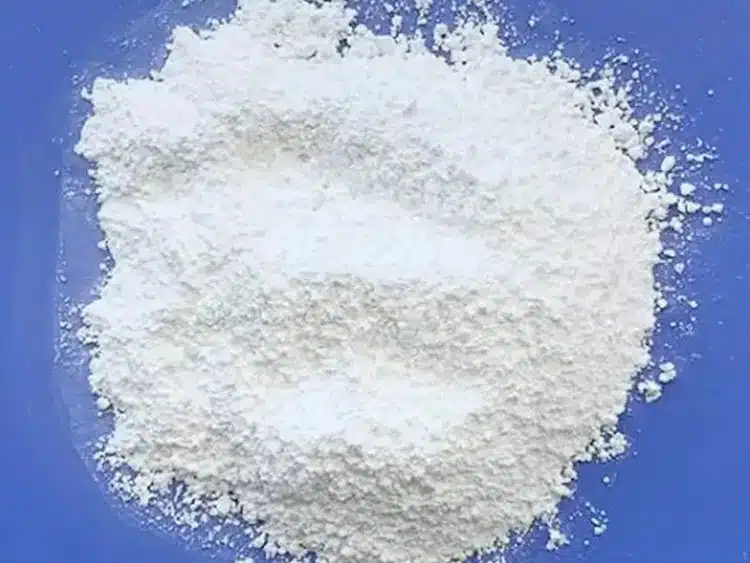
Contents
- What Is Aluminium Hydroxide Filler?
- Key Industrial Applications
- Core Benefits
- Grade Selection & Typical Specs
- Formulation & Processing Tips
- Comparison & Related Materials
- Related Products (Internal Links)
- FAQs
What Is Aluminium Hydroxide Filler?
Aluminium hydroxide (Al(OH)3) is a white, inert mineral widely used as a functional filler. In polymers and composites, it releases water endothermically when heated, providing flame retardancy and smoke suppression. It also contributes whiteness, gloss, and surface smoothness.
For raw material details, see our product page: Aluminum Hydroxide (ATH) – Product Overview.
Key Industrial Applications of Aluminium Hydroxide Filler
ATH is versatile. Below are common sectors where aluminium hydroxide filler delivers measurable value:
1) Halogen‑Free Flame‑Retardant Plastics & Cables
Widely used in wire and cable compounds (EVA, PE, PVC alternatives), appliance housings, and consumer electronics to reduce heat release and smoke evolution. High‑filler loadings (often 30–65 wt%) are typical in halogen‑free systems.
2) Solid Surfaces & Artificial Marble
ATH improves whiteness, opacity, and machinability, delivering consistent appearance and polishability in engineered stone and solid‑surface sheets.
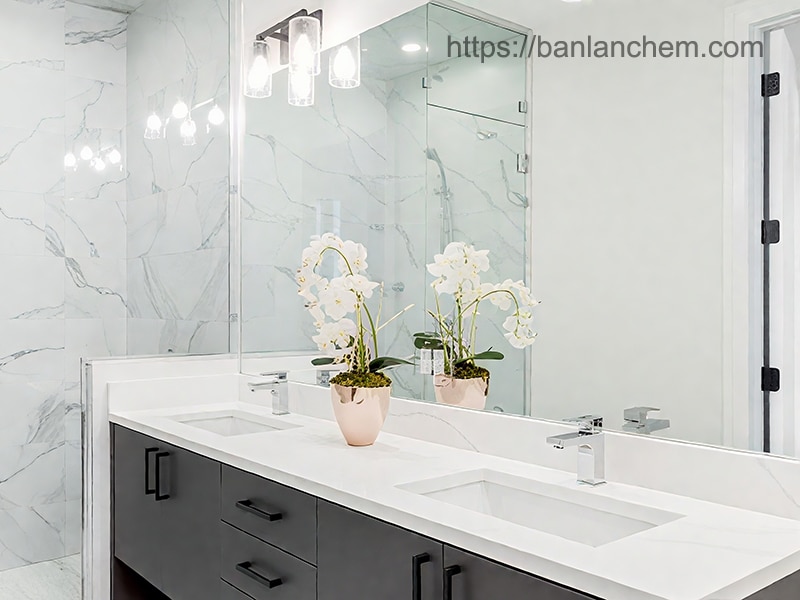
3) Adhesives & Sealants
Provides flame retardancy and rheology control while maintaining electrical insulation in potting and encapsulation formulations.
4) Coatings, Paints & Inks
Used to enhance matting, anti‑settling, and barrier properties. Fine grades support smooth finishes with good brightness.
5) Rubber & Elastomers
Adds flame retardancy and smoke suppression in EPDM and other elastomer systems, often in synergy with ATH surface treatments.
Core Benefits of Aluminium Hydroxide Filler
- Flame retardancy & smoke suppression: Endothermic water release lowers peak heat release rate and reduces smoke/toxicity.
- Cost‑effective performance: Competitive cost per unit of FR performance in halogen‑free systems.
- Electrical insulation: Low ionic impurities; suitable for cable compounds.
- Whiteness & surface finish: High brightness and fine particle size support smooth, glossy surfaces.
- Chemically inert: Non‑corrosive, low reactivity with many polymer matrices.
- Regulatory friendly: Halogen‑free, RoHS‑friendly formulations.
Grade Selection & Typical Specs
Choose grades by particle size (D50), surface treatment, purity, and moisture. Below are typical (non‑spec) reference ranges—always consult the product TDS for actual values.
| Parameter | Typical Range* | Notes |
|---|---|---|
| Particle Size (D50) | 1–20 μm | Fine grades (<5 μm) for smooth surfaces; coarser for bulk FR. |
| Whiteness | ≥ 95 | High‑whiteness grades preferred for artificial marble/solid surface. |
| Moisture | ≤ 0.3% | Lower moisture helps processing stability. |
| Na2O | ≤ 0.3% | Lower alkali for better electrical properties. |
| Surface Treatment | Silane / stearate | Improves dispersion, reduces viscosity, enhances compatibility. |
*For guidance only. Please request the official TDS/COA.
Formulation & Processing Tips
- Processing temperature: Keep melt temperature typically below ~200 °C to minimize ATH dehydration during compounding.
- Loading levels: Halogen‑free FR systems often use 30–65 wt% (verify with your polymer and standards).
- Coupling agents: Silane‑treated grades can lower viscosity and improve tensile/impact balance.
- Dispersion: Pre‑mixing and proper screw design help maintain surface quality at high loadings.
- Synergies: ATH can be combined with surface‑modified ATH for improved processing windows.
Comparison & Related Materials
For applications requiring higher processing temperatures, some users compare ATH with other fillers. For material fundamentals, see:
Related Products (Internal Links)
- Aluminum Hydroxide (ATH) – Product Page
- Calcined Alumina – For Polishing & Ceramics
- Boehmite (γ‑AlOOH) – High Surface Area Grade
- Pseudoboehmite – Binder & Catalyst Support
- White Fused Alumina – Abrasive/Blasting
- Tabular Alumina – Refractory Aggregate
FAQs
What is the main benefit of aluminium hydroxide filler in polymers?
It provides flame retardancy and smoke suppression through endothermic water release, while maintaining good electrical insulation.

What loading level is typical?
Many halogen‑free FR systems use 30–65 wt%, depending on polymer type and target standards. Validate through your own trials.
Can I process ATH above 200 °C?
ATH begins to dehydrate below 200 °C. Keep melt temperature lower when possible, or consider suitable alternatives when higher processing temperatures are required.
Do you offer surface‑treated grades?
Yes. Contact us for silane‑treated ATH recommendations that improve dispersion and reduce viscosity.
How do I get a quotation or sample?
Request a quote or ask for a free sample. We can also provide TDS/COA on request.


